
It’s National Punctuation Day! Punctuation is the use of spacing and certain typographical devices as aids to the understanding of reading. The word itself is derived from the Latin punctus, “point,” and the term was first recorded in the middle of the 16th Century.
Punctuation hasn’t changed much since 1500 (except for the introduction of computers, but more on that later). With the publication of the Guttenberg Bible, printing had arrived and required standardized punctuation. Within 50 years that was achieved. So, how did we get there?
The History of Punctuation
Since most early languages were only verbal, punctuation was not a necessity. Even Chinese and Mayan script do not require punctuation. This is because the entire word is typically clustered within a single glyph (pictorial character), so spacing does not help to distinguish where one word begins and the other ends. But when ancient civilizations began to develop alphabetical writing, including Phoenicians, Hebrews, Greeks and Romans, there was no capitalization, no spaces, no vowels and few punctuation marks: THOSEHANDWRITTENTEXTSRANALLTHEWORDSTOGETHER!
The Greeks Started It All
Around the 5th century BC, the Greeks began to use punctuation marks consisting of vertically-arranged dots as an aid in oral delivery. After 200 BC, Greek playwright Aristophanes, who became the librarian at Alexandria, used these symbols to distinguish the ends of phrases in written dramas, thus allowing the play’s cast to know when to pause, take a breath, or to accent a word or line. He is also credited with inventing a horizontal line called the paragrahos that was placed under the beginning of a line in which a new topic was introduced. This is the only punctuation mentioned by Aristotle.
Then the Romans Came Along
The Romans ousted the Greeks as empire builders of the ancient world and experimented with their separation of words with dots. By the second century, the Romans used interpuncts (points made of equilateral triangles) between words. Even these punctuation marks were eventually abandoned as well. Manuscripts by Cicero were designed for reading aloud, as oratory was preeminent, and his text had each phrase begin with a letter projecting into the margin and was in fact treated as a minute paragraph, before which the reader was expected to take a new breath.
The Rise of Christianity and Books
As the Roman Empire crumbled in the 4th and 5th Centuries, Rome’s pagans found themselves fighting against a new religion called Christianity. Pagans, like civilizations before them, passed along their traditions and culture by word of mouth. Christians preferred to write down their gospels and psalms to better spread the word of God. Books became part of the Christian identity and were adorned with decorative letters and paragraph marks. Many were illustrated with gold leaf and intricate paintings.
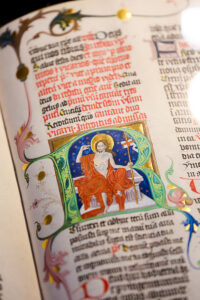
Christianity spread across Europe, and they embraced writing and rejuvenated punctuation. In the 6th Century, Christian writers began to punctuate their own works before readers got their hands on them in order to protect their original meaning.
The Alphabet Arrives, Along with Word Spacing
In the 7th Century, spaces between words appeared, an invention of the Irish, Scottish, and English monks tired of trying to separate unfamiliar Latin words. Near the end of the 8th Century, Charlemagne—king of the Franks and Holy Roman emperor—ordered a monk named Alcuin to devise a unified alphabet of letters that could be read by his subjects throughout the Holy Roman Empire, which he had restored in the West for the first time since its dissolution in the 5th Century. Thus, writing came of age with the introduction of lowercase letters (and better spelling), and punctuation became an indispensable part of it.
The Growth of Punctuation
Aristophanes’s little dots were now commonplace, and writers began to experiment. Some borrowed from musical notation to create new marks like punctus versus (a medieval ringer for the semicolon used to terminate a sentence) and the punctus elevatus (an upside-down ‘;’ that evolved into the modern colon that suggested changes in tone as well as grammatical meaning. An ancestor of the question mark (called punctus interrogativus) was used to punctuate questions and to convey a rising inflection at the same time. The hyphen, to mark words divided at the end of lines, appeared late in the 10th Century.
Other, more specific symbols were created, and the distinction between low, medium, and high points (remember those three dots?) grew so indistinct that all that was left was a simple point that could be placed anywhere on the line to indicate a pause of indeterminate length—a muddled mixture of the colon and full stop.

Aristophanes’s humble dot was placed under further pressure by a 12th Century Italian writer named Boncompagno da Signa, who proposed an entire new system of punctuation. His version was comprised of only two marks: a slash (/) represented a pause, while a dash (—) terminated sentences. The fate of the dash is murky as to whether or not it might be the ancestor of the modern dash, but the slash or virgula suspensiva was a success. It soon began to edge out the last of the Aristophanes’s system of pauses. But it too eventually lost favor. Boncompagno da Signa’s slash dropped to the baseline and inherited it’s old Greek name: virgule.
Finally, a Standard System of Punctuation
A Venetian printer, Aldus Manutius the Elder (1450-1515) decided with the rise of printing in the 14th and 15th centuries that a standard system of punctuation was urgently required. He and his grandson, Aldus Manutius the Younger, lowered the virgule (the slash mark) and curved it, for a start, so that it began to look like the modern comma. They are also credited with inventing the semicolon, the parentheses, and italic fonts. It was the younger Aldo who stated plainly for the first time the view that clarification of syntax is the main object of punctuation.

At the height of the Renaissance (14th – 17th centuries), punctuation consisted of a mixture of ancient Greek dots, colon, comma, question mark, and other marks descended from medieval symbols, as well as the later slash and dash. With the publication in 1455 of Johannes Gutenberg’s 42-line Bible with his mechanical moveable-type printing press, punctuation was practically frozen in time.
Within 50 years, the majority of the symbols we use today were firmly cast and have not changed since. The semi-colon and the exclamation mark joined the colon and question mark, and Aristophanes’s dot won a last victory as the full stop period. By the end of the 17th Century, the various marks had received their modern names. After that, the evolution of punctuation marks stopped, stymied by the standardization imposed by the printing process.
Three Important Components of Punctuation
The system of punctuation used by writers of English included three of its most important components: the space left blank between words; the indentation of the first line of a new paragraph; and the uppercase or capital letter written at the beginning of a sentence and at the beginning of a proper name or a title.
National Differences in Punctuation
Since the modern punctuation of all the western European languages stems from the practice of the great Italian and French printers of the 15th and 16th centuries, national differences are not considerable. English/American punctuation is now used more or less wholesale across Europe, and aspects of it have been adapted in most other parts of the world.
The King’s English
Excessive punctuation was common in the 18th Century, with commas used with every subordinate clause and separate phrase. It was lexicographers Henry Watson Fowler and Francis George Fowler, in The King’s English., published in 1906, who established the current British practice of light punctuation. Punctuation in the United States has followed much the same path as in Britain, but the rules laid down by American authorities have in general been more rigid than the British rules.
And Then There Were Computers
One important shift occurred in late 20th Century with the life-changing arrival of computers and symbols like ‘#’ and ‘@’ as well as those emoticons and later, emoji. The word emoticon comes from a contraction of the words emotional icon. The first substantiated use of an emoticon came from American computer scientist Scott Fahlman on September 19, 1982: the humble smiley. Now some six billion emoticons are sent a day. They evolved into emoji in 2011, which were released that year on iOS devices. Emoji are different, though closely connected. Emoticons are spelled out with type, like : ) — while emoji are actual pictures, like ![]() .
.
National Punctuation Day
Punctuation recognition day is held every year on September 24th and was founded in 2004 by Jeff Rubin, a professional speaker who gives programs to companies, organizations and professional associations about effective writing and marketing techniques. The recognition day has its own website that issues challenges, and participants are welcome:
www.nationalpunctuationday.com
(Thanks to Keith Houston, the author of Shady Characters, The Secret Life of Punctuation Symbols and Other Typographical Marks for parts of the historical background, as well as Cambridge University’s “The English Project’s History of English Punctuation,” Britannica.com and the BBC.com.)
I find the comma to be one of the most used–and abused– punctuation marks. I even did a previous blog on it: Commas Save Lives

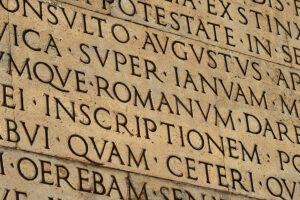


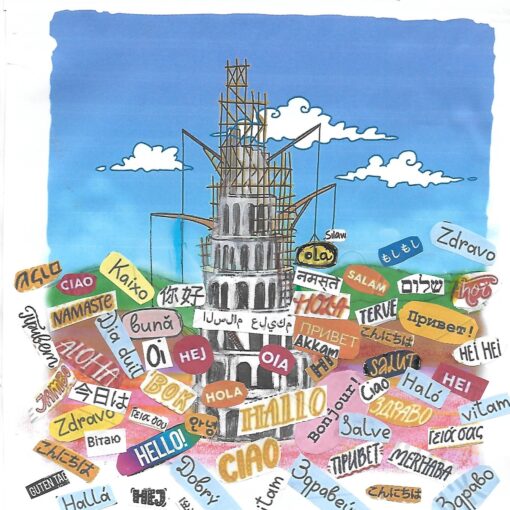
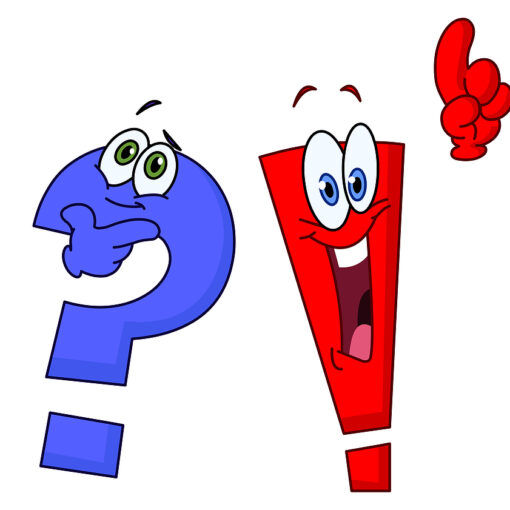
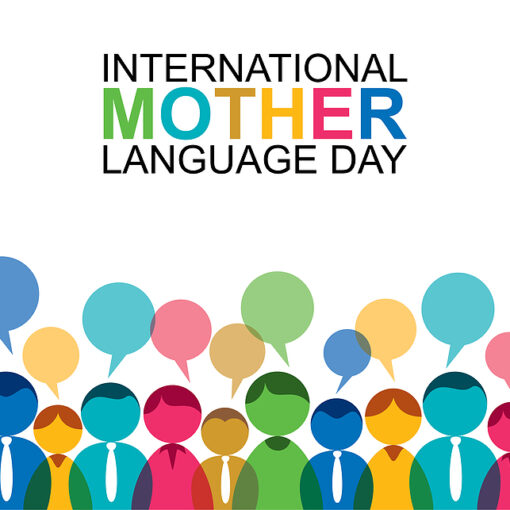
One thought on “Punctuation Day”
I loved reading this post – great research! Although I am curious as to the origin of the “Oxford comma”. (see https://www.rd.com/article/oxford-comma-proper-use/) This was a topic of intense debate with a team of content editors at a technology company I worked for.